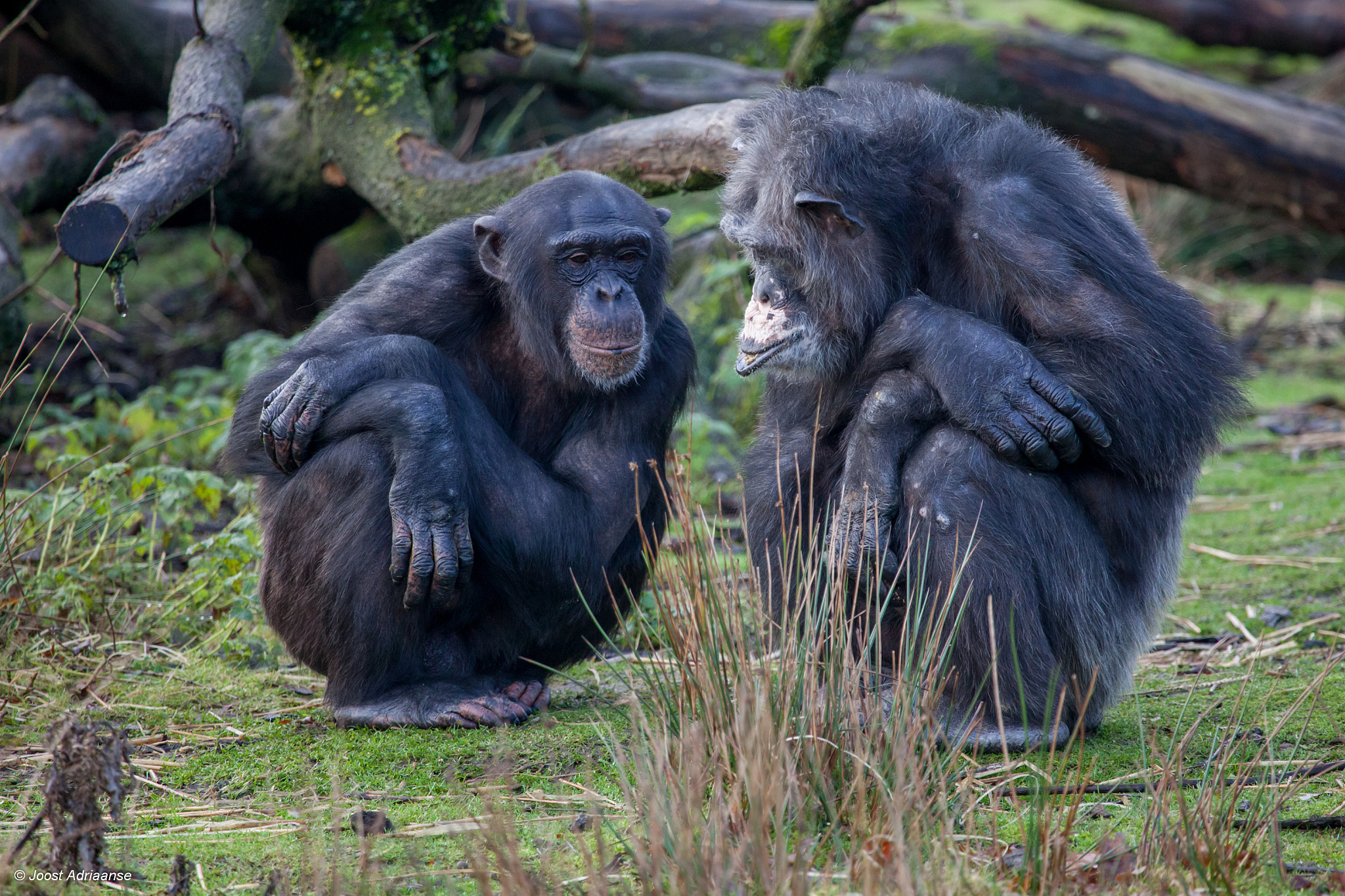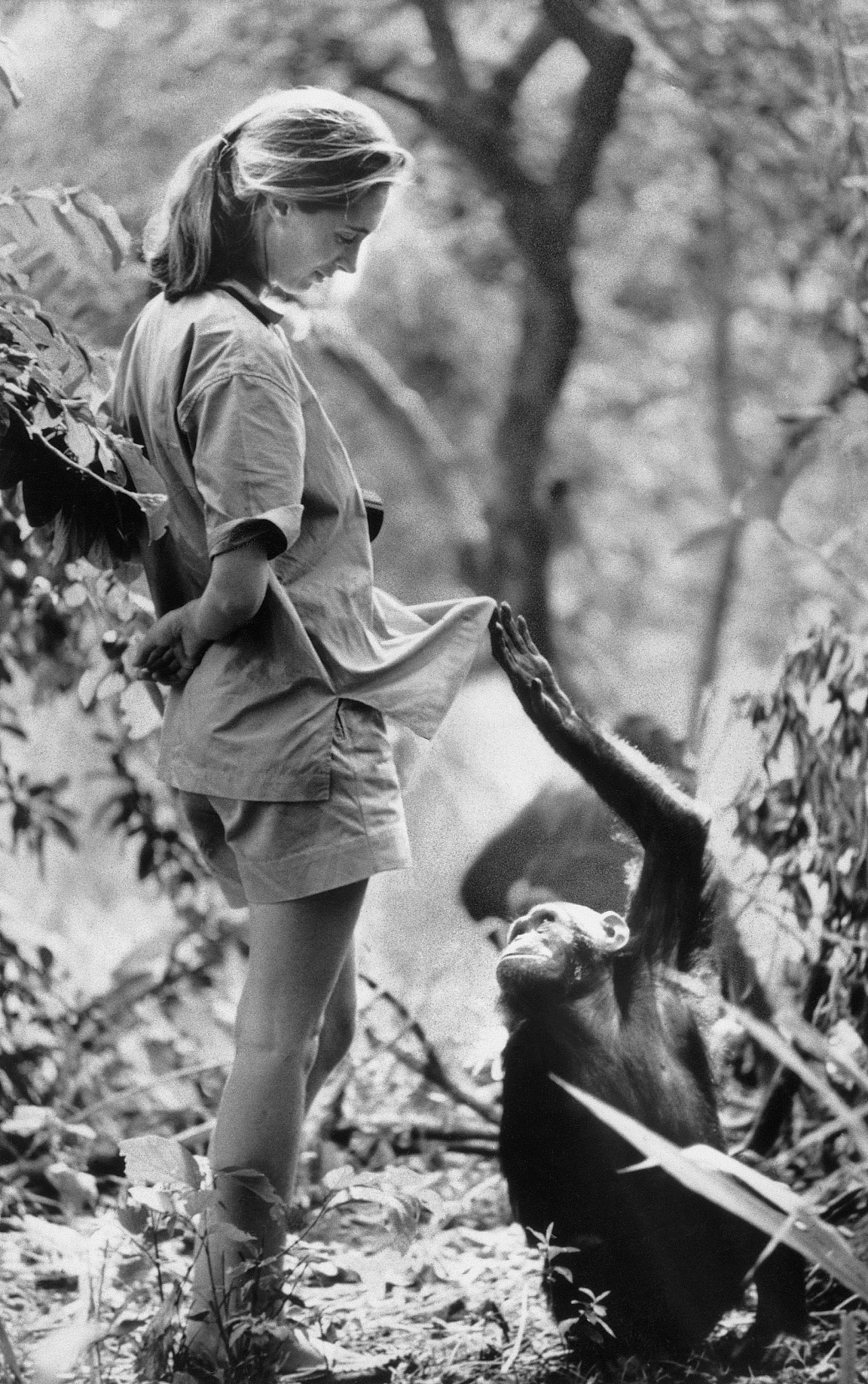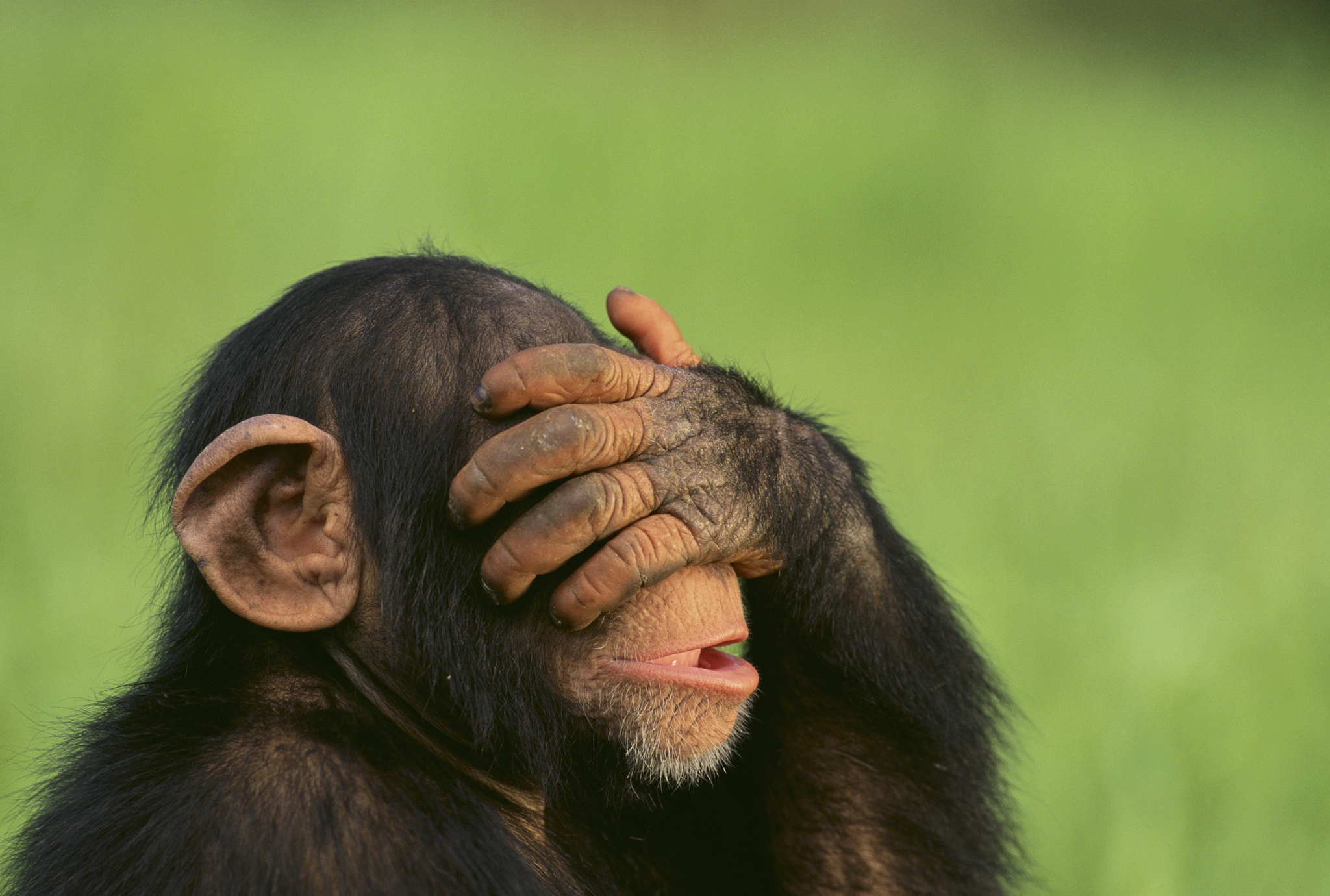WORLD, (July 14, 2021).- On July 14, 1960, Dr. Jane Goodall first set foot in what is now the Gombe Stream National Park in Tanzania to study wild chimpanzees. Nearly six decades later, the very first World Chimpanzee Day was established on July 14, 2018, to improve understanding, inspire compassion and raise awareness for human’s closest relatives in the animal kingdom.

Goodall’s studies at the Gombe and other subsequent studies in other parts of Africa revealed to us that chimpanzees, native to the savannah of tropical Africa, are the closest being to humans biologically. Humans and chimpanzees share more than 98 percent of DNA. Chimpanzees not only have vivid personalities like humans but also have strong social structures and bonds similar to human families.

Chimpanzees have also been observed using and making tools, once thought to be unique to humans. They show emotions when they are sad, happy, angry, or scared. They communicate not only with sounds but also with gestures like shaking fists, kissing, hugging, or patting one another’s head and back; They have strong family ties and they would mourn a member’s death.

However, human’s closest relative is experiencing a decrease in numbers across Africa. It is listed as endangered on the IUCN’s Red List Of Threatened Species, as only 350,000 exist in the wild on the continent. Just about a century ago, the figure was estimated at 1.5 million.
Habitat destruction, poaching, and disease are the main threats to chimpanzees. They are susceptible to all known human contagious diseases. The growing population of humans moving deeper and deeper into the forests also poses a threat.

Conservation groups have been working to help preserve chimpanzees across Africa. They are helping to improve the lives of people living close to the habitat of chimpanzees and educate the residents on seeing chimpanzees as companions, not competitors.
Source: News CGTN


